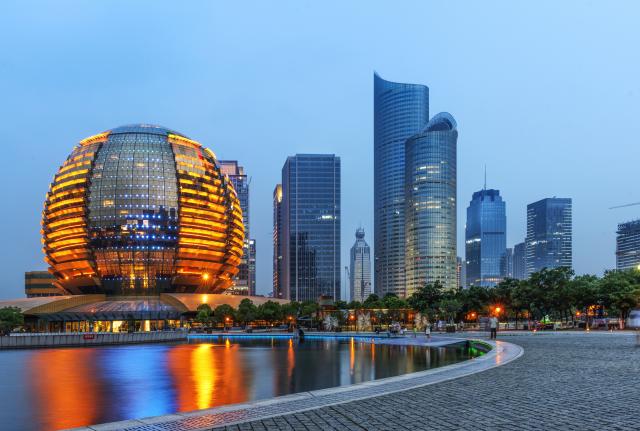Physicists from Russia created nanolens for solar cells
https://chelorg.com/2017/11/14/physicis ... lar-cells/
Scientists from the University ITMO has created a special coating for solar glass nanospheres, similar in shape to drops of water and increase their efficiency by about 20%, according to an article published in the journal Optica.

«Three years ago, we tried to cover the battery’s surface with microspheres. They significantly improved the uptake, but, unfortunately, reflected quite a lot of light. We decided to remove the top part of the sphere and make a kind of lens which will focus light in the battery. Trying to make it, we found a more elegant solution. In the end, the end structure exceeded our expectations based on theoretical calculations», ‒ says Mikhail Omelyanovich from ITMO University in St. Petersburg.
Silicon solar battery and many of their counterparts from other semiconductor materials have a relatively low efficiency – they convert only a small fraction of the energy of the Sun, about 7-15%, in electric current. This, coupled with high costs like electricity generators, is today one of the main problems for their application in household and industry.
In recent years, physicists make huge efforts to eliminate this problem, creating a more efficient semiconductor materials like perovskite, and various coatings to help solar cells absorb about a third or almost half of the energy of the Sun’s rays. For example, a year ago, scientists were able to increase the efficiency of solar panels by almost two times, «copying» nanoparticles that cover the wings of butterflies.
A group of Russian and foreign physicists headed by Omelyanovich found another way to increase the capacity and improve the efficiency of solar cells by studying how they behave in the solar battery of amorphous silicon, non-crystalline varieties of this semiconductor coated with different nanoparticles and microstructures.
In contrast to solar cells from crystalline silicon or perovskite solar cells on the basis of amorphous silicon have a relatively low efficiency — no more than 7%, but they can be applied in a thin and virtually transparent layer on any surface, including glass. For this reason, it is quite a long time was considered the main candidate for the basis of most «household» solar panels, but in recent years it has begun to supplant more effective, although more dangerous to health and environment panel of semiconductor compounds of metals, selenium and tellurium.
After several setbacks, the researchers decided to change the structure of the upper electrode of the solar cell, plunging in a set of microscopic glass spheres which, as expected, the scientists had to «capture» the light and hold it inside the battery for a long time.
The first modest success has encouraged physicists, and after some time they picked the best form of nanomatic teardrop – shaped lens and the size – slightly less than one micron. Applying a similar structure to the electrode of aluminum and zinc oxide, with a special stop is able to control the layer thickness at the atomic level, Omelyanovich and his colleagues were able to increase the efficiency of solar panels by 20%.
As noted by the scientist, such an electrode with glass inclusions can be used to create thin solar cells based on amorphous silicon, but any other materials. Such «poutana» print, according to physicists, is already used in many industries and its implementation will not require large expenditures of time and money that they hope will help to accelerate the implementation of their discoveries in practice.

